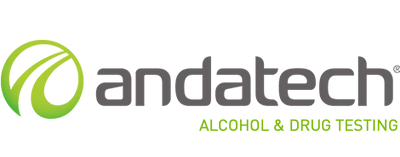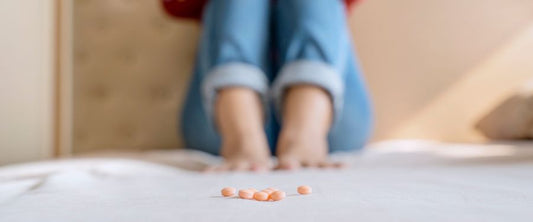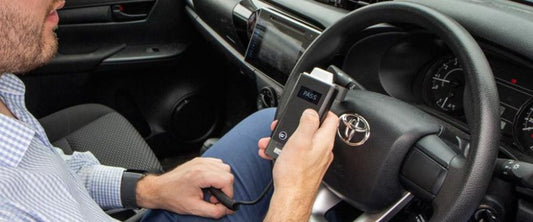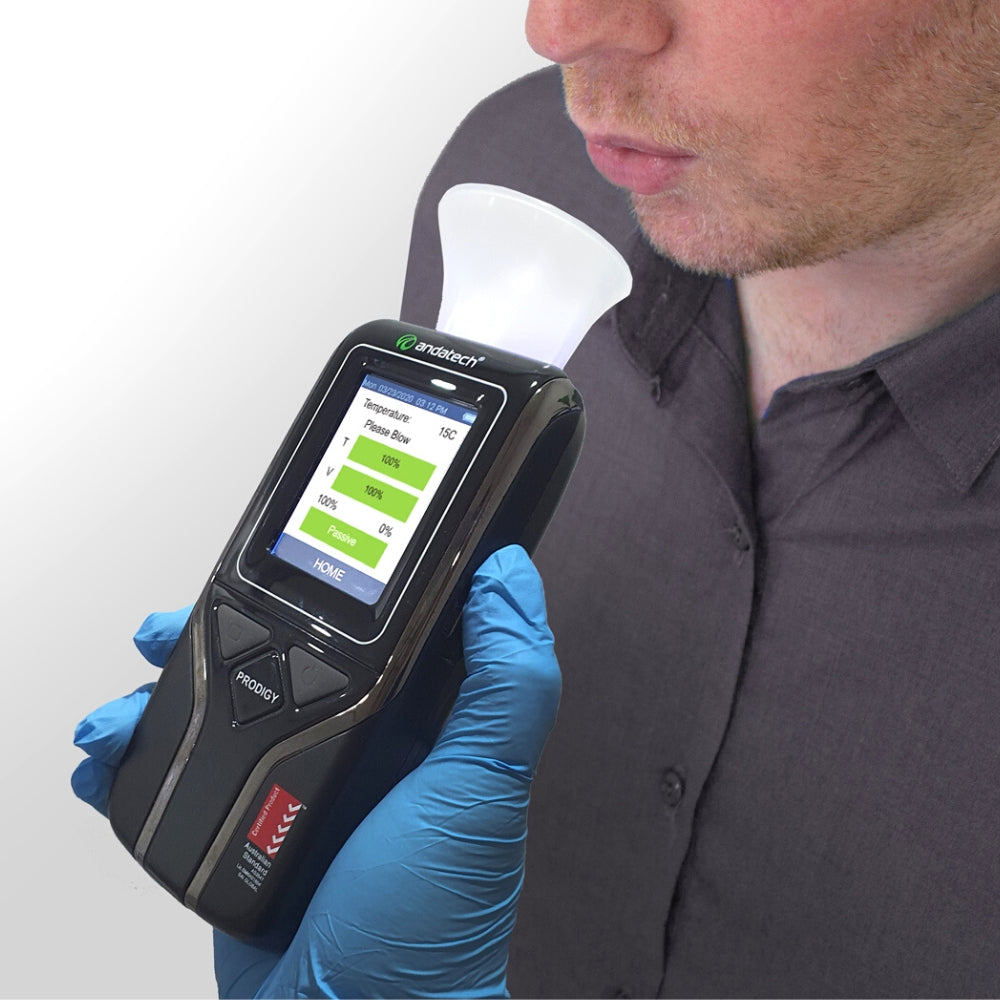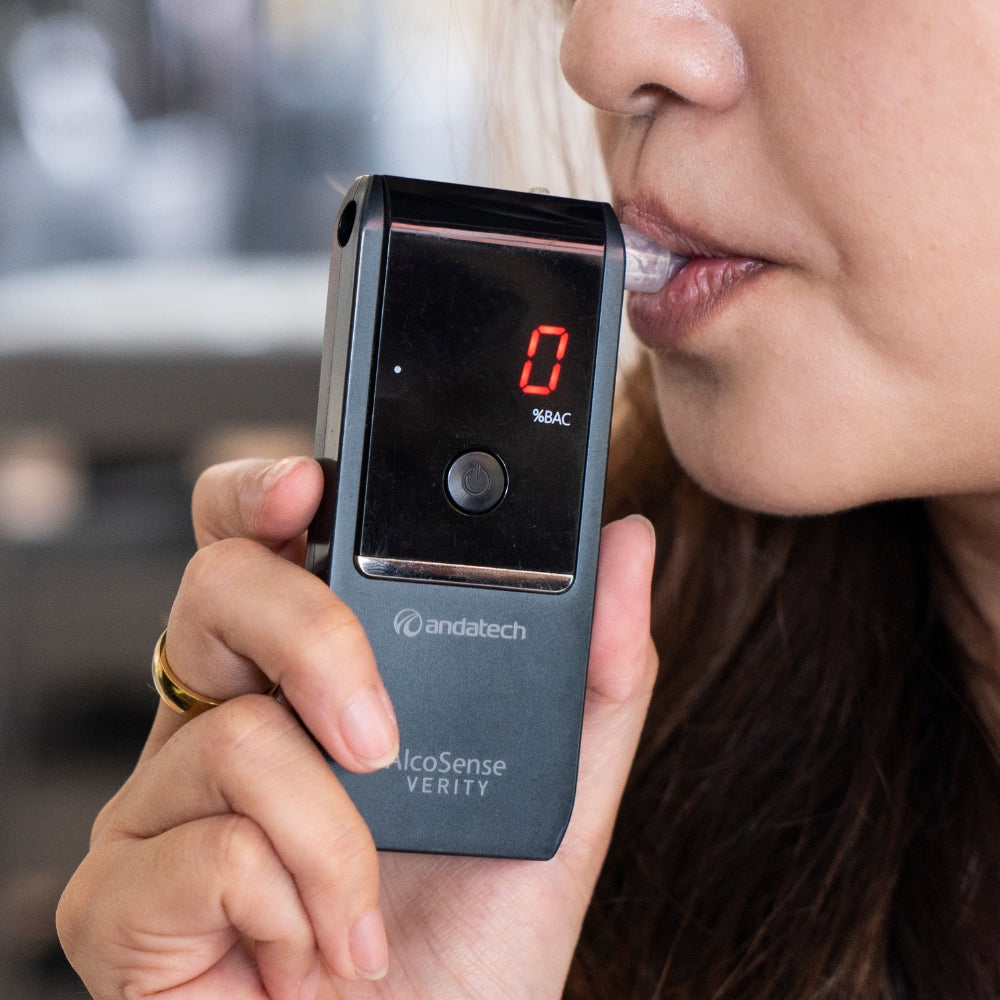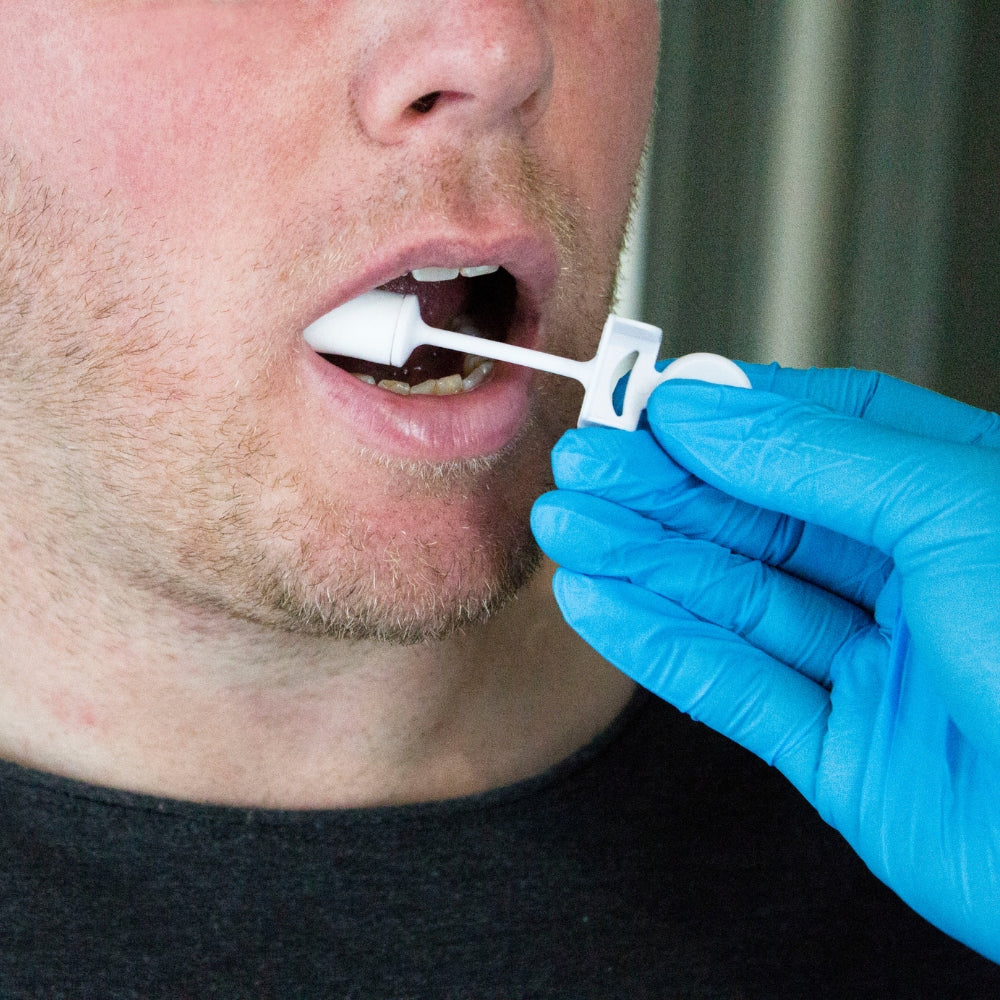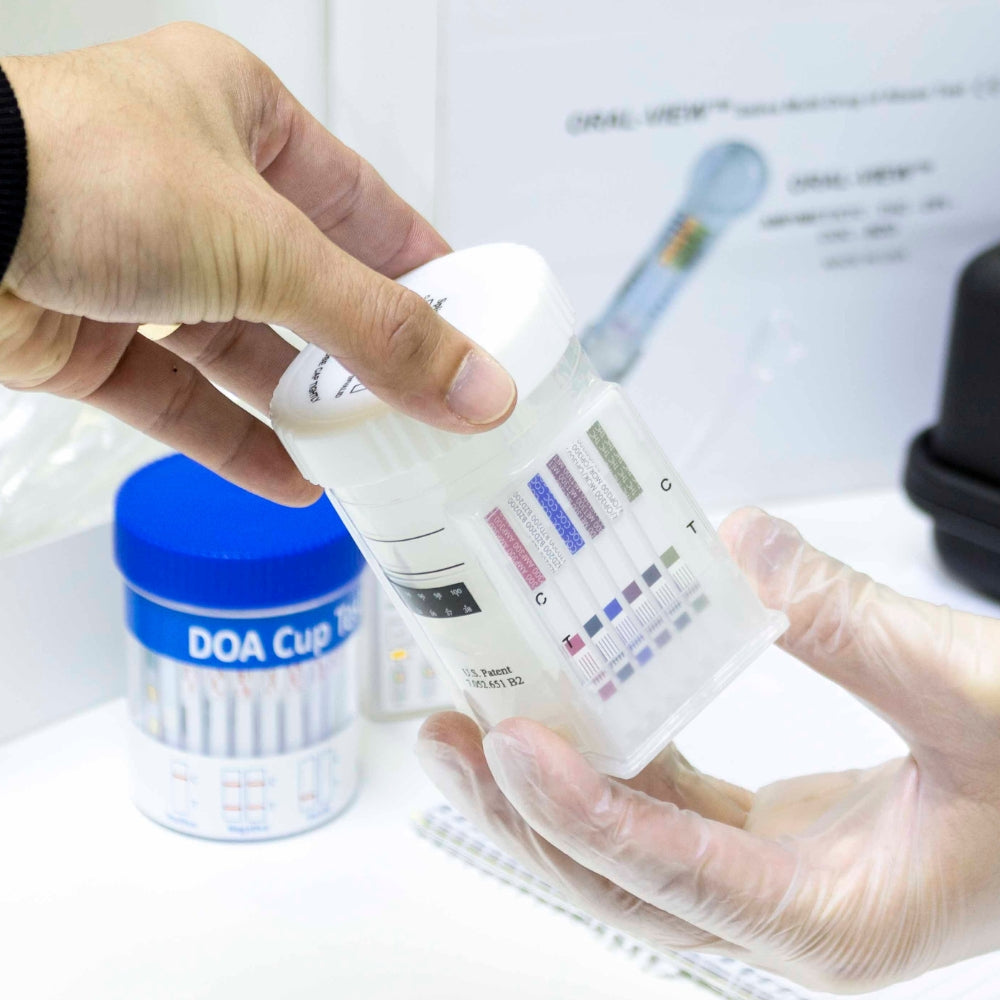Upon being taken and metabolised in the human body, drug compounds can be detected in bodily fluids and tissues in various concentrations due to their respective drug detection windows. To identify recent or chronic drug use, drug screening is usually carried out using a drug test kit that detects the drug compounds in saliva or urine.
How drug test kits work in general
Drug test kits usually utilise immunoassay (EIA) where the specific drug compounds and/or their metabolites, known as antigens, bind with specific antibodies present in the drug test kits, like a lock and key. Within the test strip of a drug test kit, there is a special compound known as a drug-protein conjugate with a similar structure to the specific drug compound. It will compete with the actual drug compounds in the sample to bind to the specific antibodies.
Here’s a simplified version of what happens in the drug test kits once the sample is collected.
- As the bodily fluid sample is absorbed and travels upwards through the test strips, the drug compounds compete with the drug-protein conjugates to bind to the antibodies on the test strips.
- If the concentration of drug compounds in the sample is more than the cut-off level of the drug test kit, it manages to fill up the antibodies on the test strip, blocking the way of the drug-protein conjugate to bind with the antibodies. Since the reaction between the drug-protein conjugates and the antibodies will produce a coloured line on the drug test kit, no colour will show in this case. This gives a non-negative drug test result.
- On the other hand, if the drug compound is not present or is present in a concentration lower than the cut-off level, the drug-protein conjugates will fill up the antibodies on the test strip, causing a coloured line to show on the drug test kit. This gives a positive drug test result.
Ensuring a valid drug test result
There are several tips when using a drug test kit to ensure a valid drug test result.
Check the control line
Similar to pregnancy tests and COVID-19 test kits, there is a control line section on drug test kits. The coloured control line appears when there is enough sample passing through the drug test kit and that the drug test kit is working properly. If the control line does not appear, the drug testing has to be redone.
A faint test line indicates a negative result
The appearance of the test line indicates the absence of the drug compounds in the urine sample, regardless of how faint the colour is. The intensity of the colour does not correlate with the concentration of drug compounds.
Do not read the results after a certain period of time
Follow the instructions as stated on the drug test kit. The drug test result should be read when the indicated wait time is up and the result should be considered invalid if read after the set amount of time.
Check for the presence of adulterants
Some drug test kits have built-in adulteration strips to detect possible adulterants present in the sample. Urine drug test kits usually come with a temperature validation strip to make sure that the sample is not diluted. If the adulteration strips indicate the presence of adulterants, the drug screening has to be redone.
Follow the instructions on the drug test kits
Despite testing the same type of bodily fluid sample, different brands of drug test kits can have different steps to carry out the drug screening. For example, ToxWipe™ 7 saliva drug test kit requires the subject to swap around their gums and tongue, DrugSense DSO8 Plus requires the subject to let the sponge collector sits in their mouth for 3 minutes. They have different wait times for the drug test result to show as well. Hence, it is important to carry out the drug screening according to the stated instructions.
Types of drug test kits in Australia
To date, only saliva and urine drug test kits are regulated by Australian/New Zealand Standards. While it is not required by the law that the drug test kits sold in the market should fulfil the requirements stated in the Standards, their cut-off levels should be the same as the levels laid out in the Standards.
Saliva drug test kits
Considered as a less invasive drug screening option in the market, saliva or oral drug test kits are slowly gaining popularity for workplace drug testing. The procedure is relatively simple and the entire procedure can be done under supervision. No food or drink should be taken 10 minutes before the drug screening.
Drug compounds in saliva have a shorter detection window of approximately 24 hours; hence, saliva drug test kits are the closest fit-for-work test for employees prior to commencing work.
Saliva drug test kits are regulated under Australian/New Zealand Standard AS/NZS4760:2019.
Urine drug test kits
As one of the most researched and least expensive drug test technologies, urine drug test kits are commonly used in the mining industry where a well-prepared collection facility with sealed off water taps and tanks is required to prevent possible adulteration of the urine sample.
Drug compounds in urine have a longer detection window which extends for days or even weeks; hence, urine drug test kits are often used for pre-employment testing or post-incident investigation.
Urine drug test kits are regulated under Australian/New Zealand Standard AS/NZS4308:2008.
Other drug test kits
Apart from saliva and urine drug test kits, these are other less common drug test kits in the world.
-
Sweat patch drug screening
The water-resistant sweat patch will be worn on the subject skin by being held in place with a strong adhesive for 7 - 10 days. It is considered less invasive with less risk of adulteration compared to saliva and urine drug screening. However, this method of drug screening is only available in the United States.
-
Breathalyser
While breathalysers used for drug screening are yet to be available in the market, researchers in Sweden are developing a method to conduct drug screening using a breathalyser where drug compounds are detected in the aerosol particles from the airway lining fluid. This method of drug screening will be used to focus on the state of influence of the subject when the drug screening is carried out.
Drug test kits can only produce a negative or non-negative result where a follow-up laboratory confirmatory drug test is required; hence, laboratory drug testing using gas chromatography-mass spectrometry (GC-MS) is still considered the gold standard in drug detection. However, drug screening using drug test kits has a lower cost and is sufficient in identifying individuals who are struggling with drug use issues.
With the responsibility of managing work health and safety risks in the workplace, choosing the most suitable drug test kits for workplace drug screening helps employers navigate the alcohol and drug testing policy of your company with ease. While a positive confirmatory drug test result does not indicate the impairment of the employee as a result of drug use, it is the right step forward in addressing the underlying issues of drug use among employees and providing support for those who are struggling.
Disclaimer: The information provided in this article is for general reference only. Please seek advice from professionals according to your business’s needs.
Written by Jaka Exstrada
